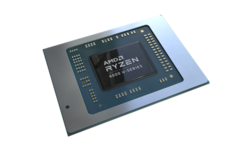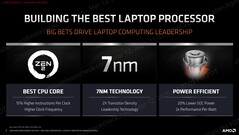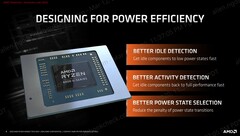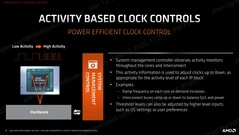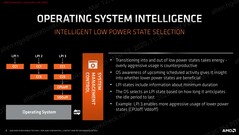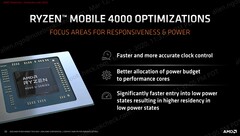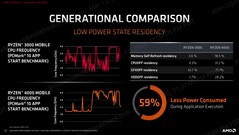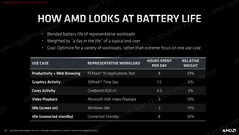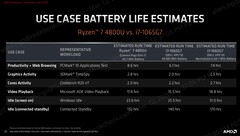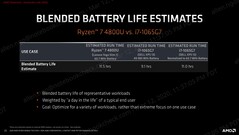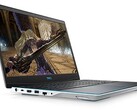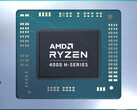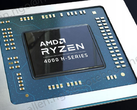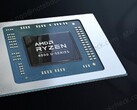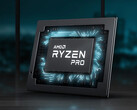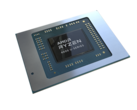An important aspect of mobility is long battery life, and AMD is going all out to convince users that Renoir Ryzen 4000 is a better mobile solution compared to anything on offer from Intel. We saw last week about a leaked PCMark 10 battery life test that showed good runtimes for a Ryzen 7 4800U. Now, on the occasion of Ryzen Mobile Tech Day, AMD detailed several aspects of the architecture that are responsible for better synergy between the APU and rest of the system that could result in better battery life compared to the competition.
According to AMD, Ryzen 4000 APUs offer better idle detection, activity detection, and power state selection than previous generations. The system management controller (SMC) in the new APUs gathers telemetry from the various sensors on the chip and uses them to ramp up or ramp down clocks as needed. Factors that the SMC takes into account include type of power source, presence of dGPU, power limits and user power preferences.
Another important aspect of the SMC in Ryzen 4000 is its better interaction with the OS. At a high level, the SMC sets power limits based on the user's power slider settings in Windows. At a low level, the OS is aware of upcoming scheduled activity and guides the SMC to select an appropriate low power state. The SMC uses this info and ramps up quickly to an active state and then quickly comes back to idle, which is of a considerably long period. The idea is to select an appropriate low power state (LPI 1, 2, or 3) and lessen the transition between intermediate power states.
AMD compares the battery life of a Dell XPS 13 2-in-1 powered by the Intel Core i7-1065G7 normalized to 60.7 WHr similar to the Lenovo Yoga Slim 7 powered by the AMD Ryzen 7 4800U. In AMD's tests, the Yoga Slim 7 scored an extra 30 minutes compared to the Ice Lake-powered Dell XPS 13 2-in-1.
It remains to be seen how AMD's numbers translate into real life. Do remember that a lot of factors go into determining battery life gains. Factors such as the OEM's power limits in the BIOS and user workloads are important variables that can affect battery life. We will get to know more when we test out laptops powered by the Ryzen 4000 APUs so, stay tuned for those.
Source(s)
AMD Ryzen Mobile Tech Day Keynote




